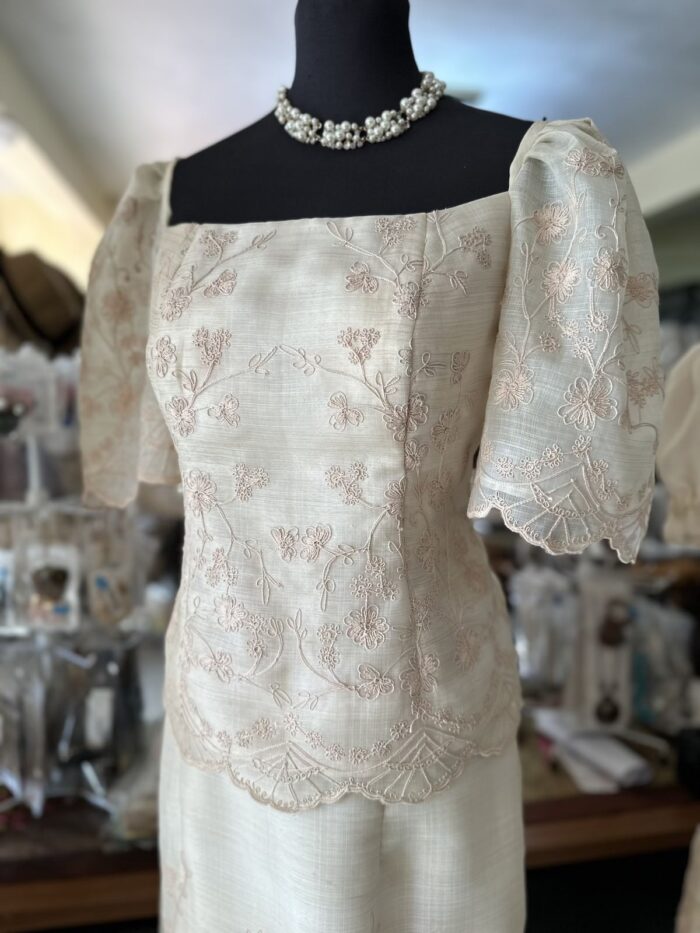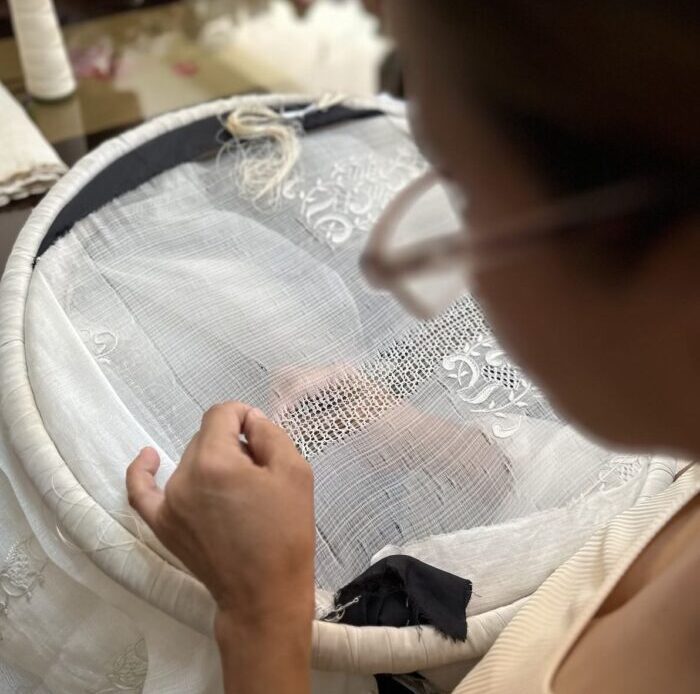Out of Town Blog
A Woven Tradition: The Art of Hand Embroidery in Lumban, Laguna
Burda, The Way of Life and Cultural Identity of Lumban, Laguna
Lumban is a charming town in Laguna, about a three-hour drive from Manila. It’s the perfect place to visit in Laguna, providing respite from the bustling cities of the province. Lumban is known too, for being the home of the most popular man-made lake in the Philippines, Lake Caliraya, which is famous for being a place of retreat and leisurely activities close to nature. But aside from that, did you know it’s also the “Embroidery Capital of the Philippines?”
Lumban and its history of embroidery
In Lumban, Laguna, creativity and craftsmanship are celebrated through the art of hand embroidery. This art form tells tales of tradition and cultural pride as it is passed down through generations. Lumban’s burderos (embroiderers) existed as far back as the 1600s, during the Spanish colonization period when Spanish nuns taught young girls about the art of hand embroidery. However, some historians believe embroidery may have existed before, as early as the 13th century.
This is because there has been evidence of imported iron needles in the Philippines and influences of Chinese and Indian design in some embroidery. Nevertheless, Lumban traces its roots to Spanish influences but is now made more artistic and colorful, thanks to our embroiderers.
Lumban Hand Embroidery through the years
Embroidery can be quite a delicate art form– much more by hand. It takes a specific skill set to master this art form, but thanks to Lumban burderos, they have created ways to improve and innovate the craft while preserving the tradition. Lumban’s burderos masterfully weave with their nimble fingers and keen eyes, creating beautiful quality embroidery as detailed as ever. Usually, their hand embroidery is made with colorful threads and intricate designs, often with natural elements, traditional symbols, and cultural ones.

What makes Lumban’s hand embroidery more unique to them is the use of two techniques. One is the calado technique, characterized by delicate cutwork, while the other is called “punto de taas” characterized by adding dimensions to their embroidery.
These methods were carefully preserved by Lumban embroiderers and passed down through generations. As time goes by, Lumban’s form of hand embroidery continues to thrive, adapting contemporary styles while staying true…
Click Here to Read the Full Original Article at Out of Town Blog…
